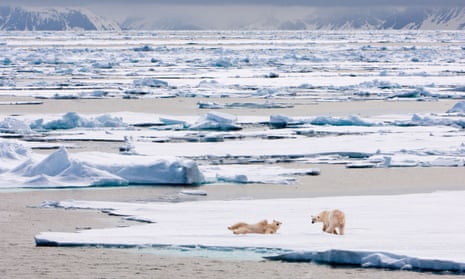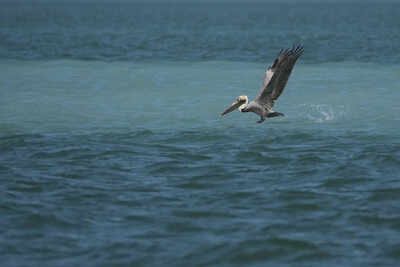Unearthing History: Dinosaur Footprints Found at Prince Charles Point on the Isle of Skye

The Isle of Skye, a picturesque location steeped in Scottish history, has become the focus of an exciting paleontological discovery. Nestled along its rugged shoreline, Prince Charles Point is not only significant for its historical association with Charles Edward Stuart—famously known as Bonnie Prince Charlie—but also for revealing fossilized dinosaur footprints that date back approximately 167 million years. In a remarkable intersection of Scottish heritage and prehistoric life, researchers have identified 131 fossilized tracks left by both carnivorous and herbivorous dinosaurs in what was once a subtropical lagoon. The discovery provides a rare glimpse into a time in the Jurassic Period that is often underrepresented in the fossil record. According to Tone Blakesley, a graduate student in paleontology at the University of Edinburgh and lead author of the recent study published in the journal PLOS One, the fossilized trackways offer a tranquil snapshot of dinosaur life. "It’s a moment where these creatures gathered, perhaps to drink or migrate between vegetated areas, free from the threat of predators at that time," Blakesley explained. The research team speculates on the identities of the dinosaurs that left these remarkable imprints, using the size and shape of the tracks as clues. The meat-eating dinosaurs, classified as theropods, likely belonged to the megalosaur family, with Megalosaurus being a potential candidate. This dinosaur, measuring about 20 feet (6 meters) long, roamed the Earth around 100 million years before the well-known Tyrannosaurus rex and was significant in the history of paleontology, being one of the first dinosaurs ever named in 1824. On the herbivorous side, the plant-eating dinosaurs are thought to be sauropods, recognizable for their long necks and enormous size. Cetiosaurus, measuring up to 52 feet (16 meters), is among the possibilities for the footprint's origin. The footprints themselves vary in size and shape, with theropod tracks measuring approximately 18 inches (45 cm) long, characterized by three-toed imprints with pads and sharp claws. In contrast, the sauropod tracks measure about 20 inches (50 cm) long, featuring a round shape that broadens toward the front and often displaying distinct marks from their short, triangular toes. The research indicates that multiple individual dinosaurs contributed to this fascinating collection of tracks. Utilizing modern technology, the research team created digital models of each trackway by employing drones to survey the area, marking a significant advancement in paleontological methods. This ancient ecosystem was rich, featuring not just dinosaurs but also a variety of other species, including crocodiles, salamanders, lizards, turtles, and small mammals, as well as flying reptiles known as pterosaurs. This environment thrived alongside a lush forest dominated by conifers, tree ferns, and ginkgoes, some of which still exist today. Interestingly, the footprints found at the lagoonal site contrast with those of other dinosaurs, such as stegosaurs and ornithopods, which were discovered in drier habitats, providing further insight into the diverse environments these creatures inhabited. According to Steve Brusatte, a paleontologist at the University of Edinburgh and senior author of the study, findings such as these are rare and invaluable, as they offer direct evidence of dinosaur behavior—insights that skeletal remains alone cannot convey. This discovery also highlights the fascinating overlap between the history of Scotland and its prehistoric past. Bonnie Prince Charlie, a figure romanticized in Scottish lore for his role in the Jacobite rebellion, famously fled to Skye following his defeat. Brusatte remarked on the poetic connection between the two epochs: "When the prince was running for his life, he was literally following in the footsteps of Jurassic dinosaurs. Interestingly enough, he managed to evade capture, eventually escaping to France after hiding on Skye for a time." This discovery serves not only as a scientific advancement but also as a reminder of the layered history that the Isle of Skye encapsulates.


















